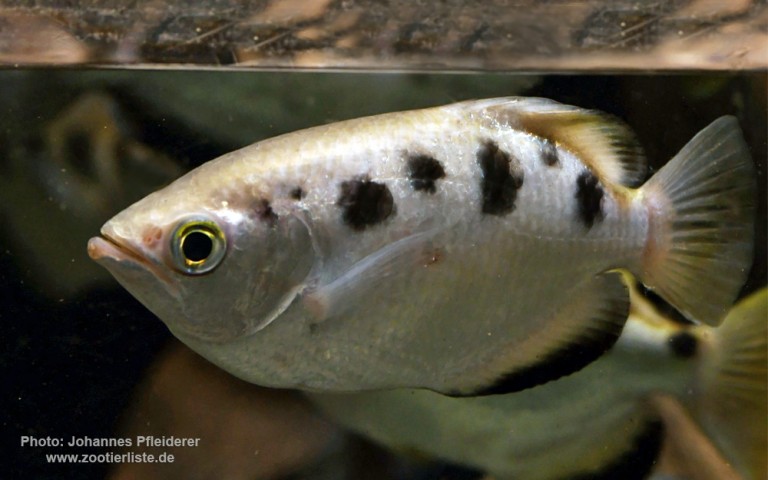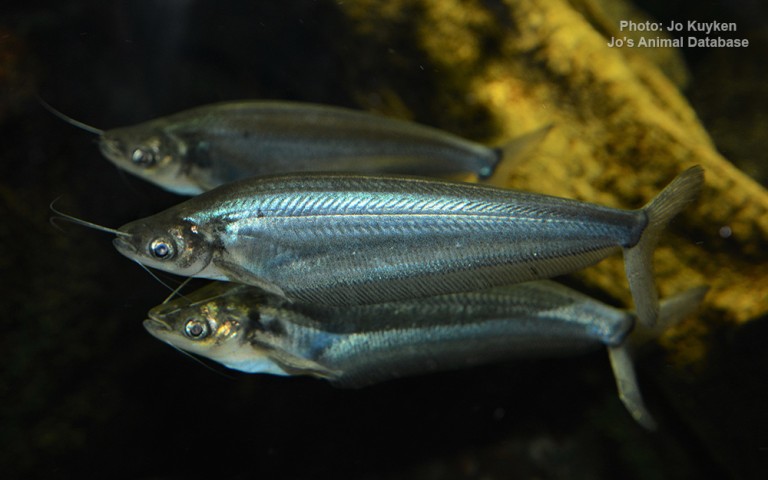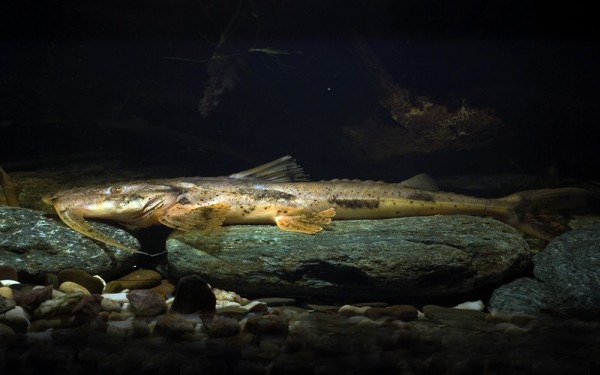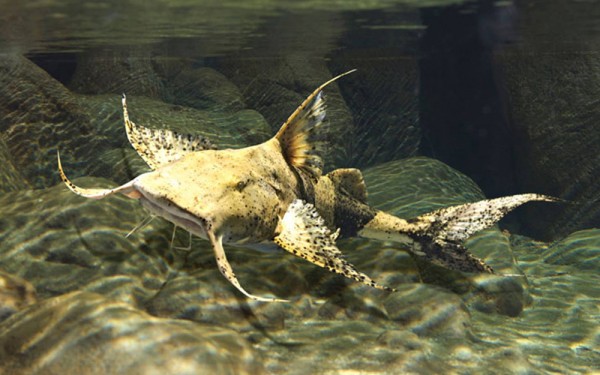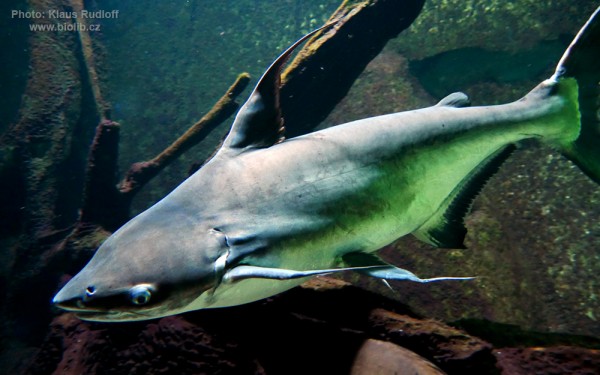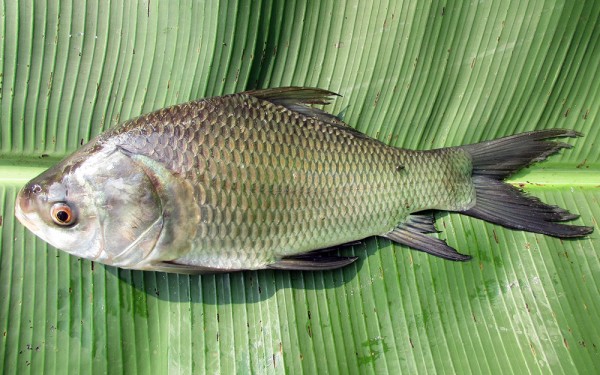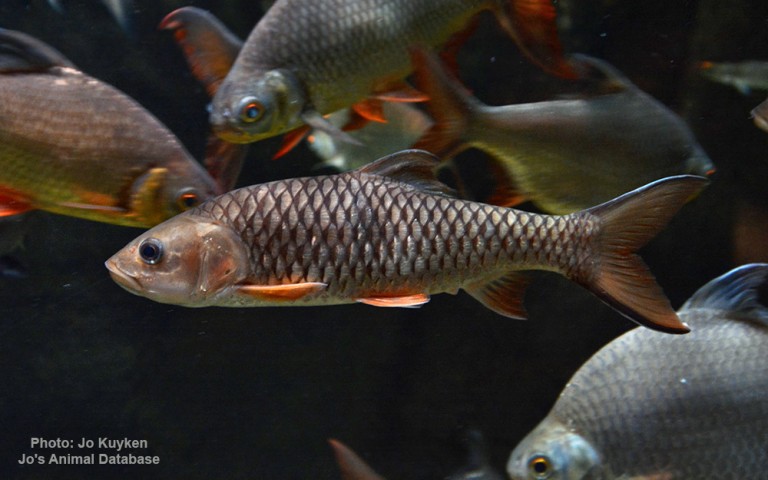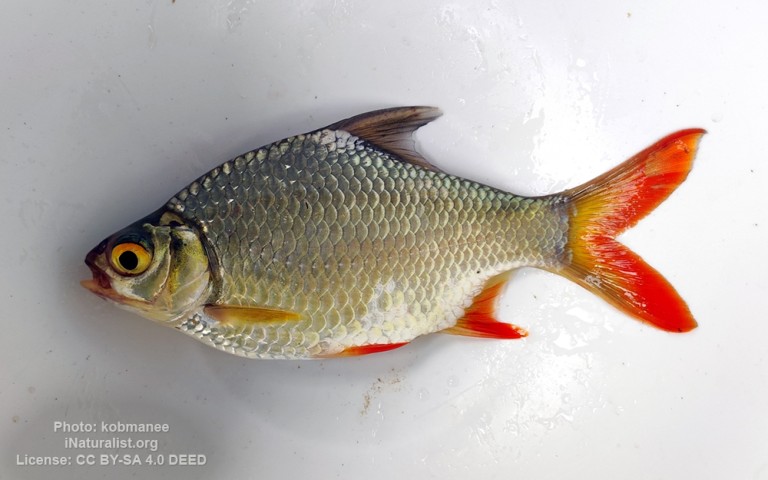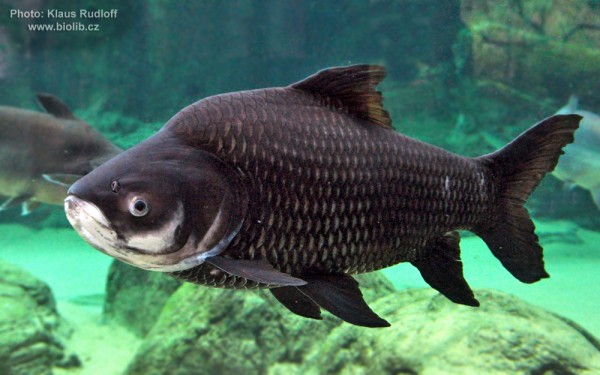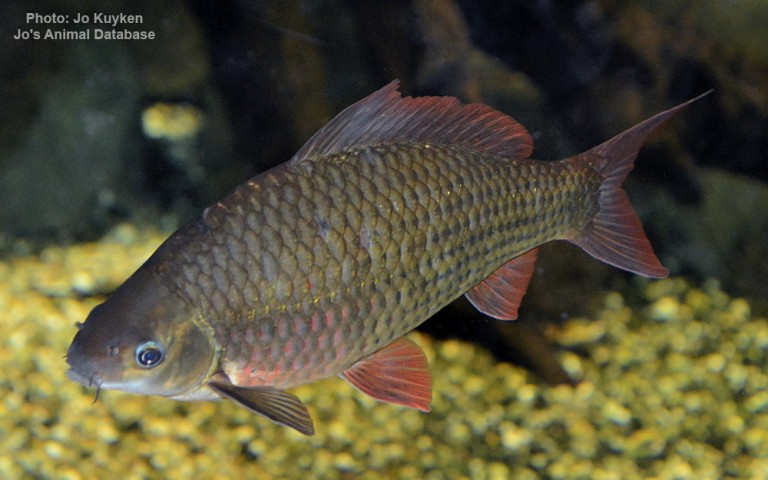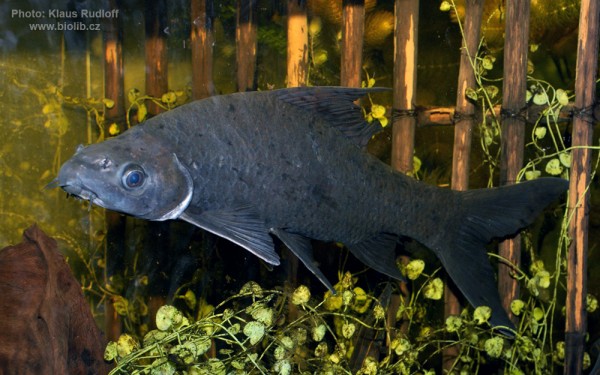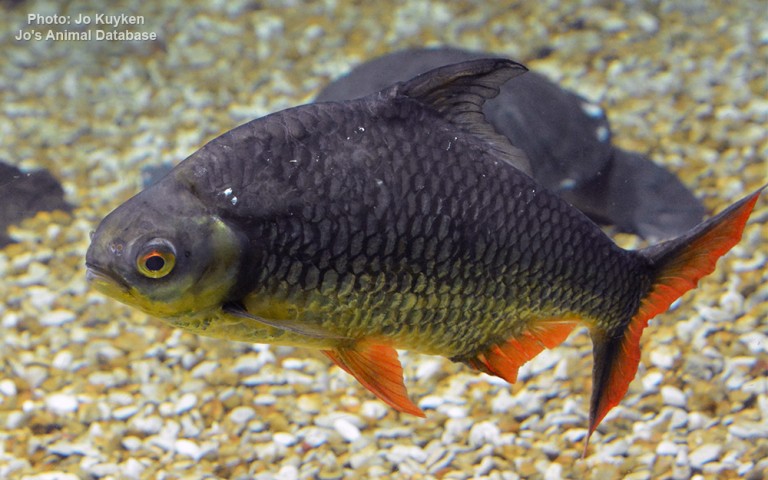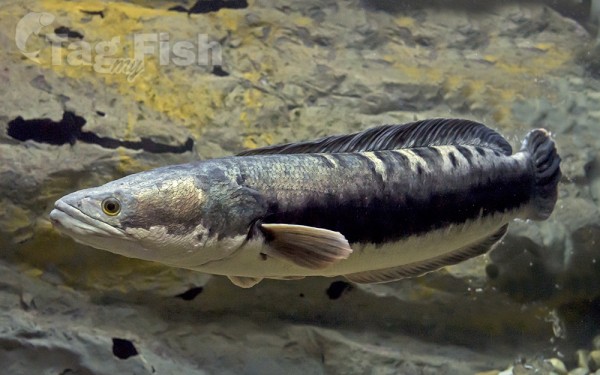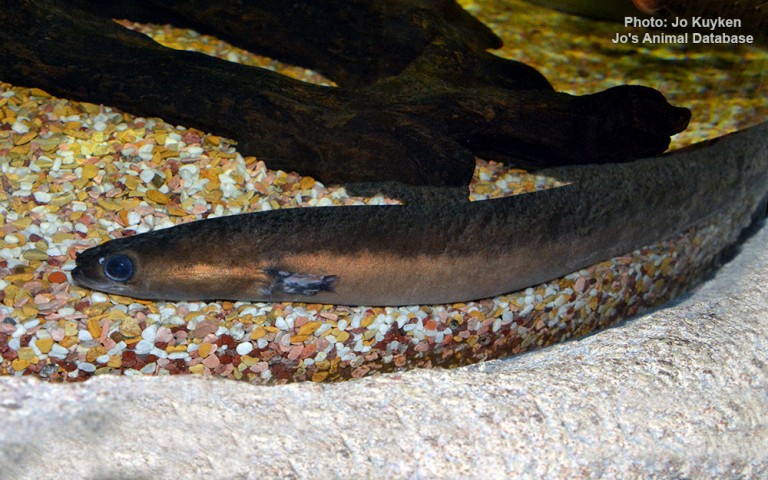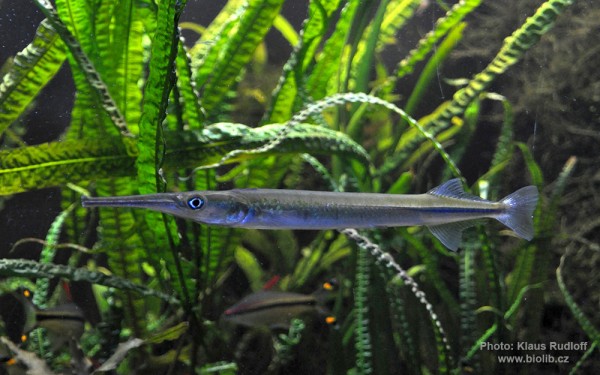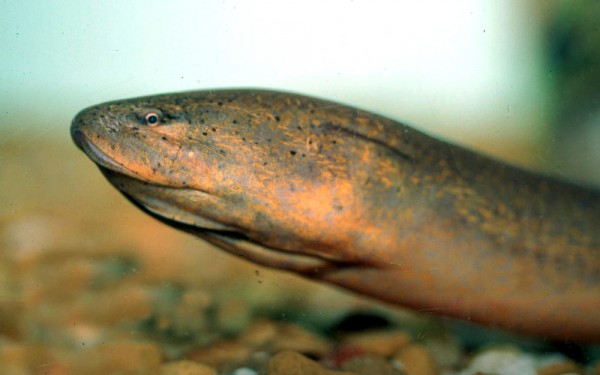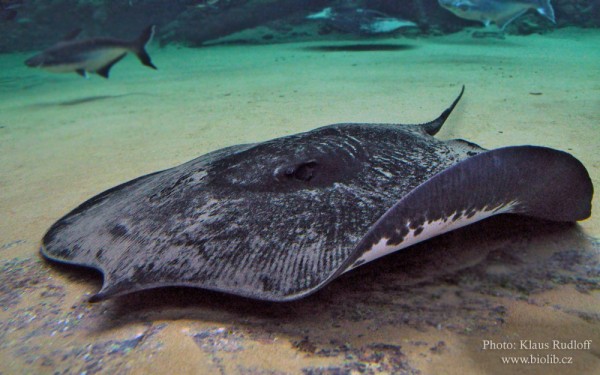Sakae Krang River
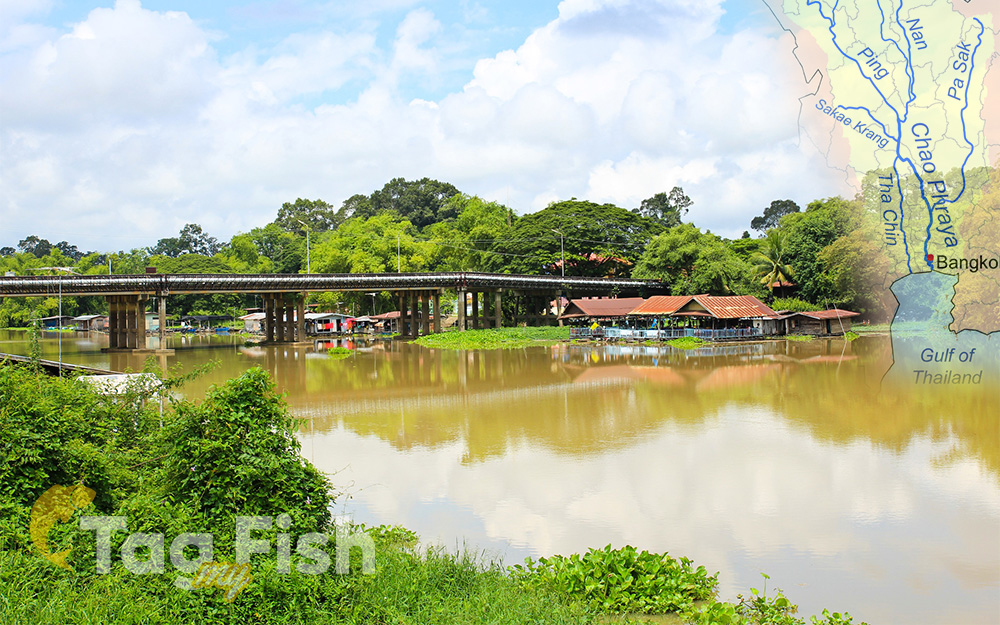
Perciformes - Perches
Siluriformes - Catfishes
Cypriniformes - Carps
Anabantiformes - Gouramies and snakeheads
Osteoglossiformes - Bony tongues
Anguilliformes - Eels and morays
Acanthuriformes - Surgeonfishes
Beloniformes - Needlefishes
Gobiiformes - Gobies
Synbranchiformes - Swamp eels
Myliobatiformes - Stingrays
Perciformes - Perches
Siluriformes - Catfishes
Cypriniformes - Carps
Anabantiformes - Gouramies and snakeheads
Osteoglossiformes - Bony tongues
Anguilliformes - Eels and morays
Acanthuriformes - Surgeonfishes
Beloniformes - Needlefishes
Gobiiformes - Gobies
Synbranchiformes - Swamp eels
Myliobatiformes - Stingrays
Perciformes - Perches
Siluriformes - Catfishes
Cypriniformes - Carps
Anabantiformes - Gouramies and snakeheads
Osteoglossiformes - Bony tongues
Anguilliformes - Eels and morays
Acanthuriformes - Surgeonfishes
Beloniformes - Needlefishes
Gobiiformes - Gobies
Synbranchiformes - Swamp eels
Myliobatiformes - Stingrays
The Sakae Krang River is a tributary of the Chao Phraya River.
It originates in Mae Wong National Park, Nakhon Sawan Province.
It is 225 kilometres (140 mi) long, with most of its length in Uthai Thani Province.
It joins the Chao Phraya River in Uthai Thani city near the Wat Tha Sung (Tha Sung Temple).
According to the Tourism Authority of Thailand, the people of Uthai Thani use the Sakae Krang River to grow pandanus and to raise fish in floating baskets, which is the primary occupation of the Uthai Thani people.
